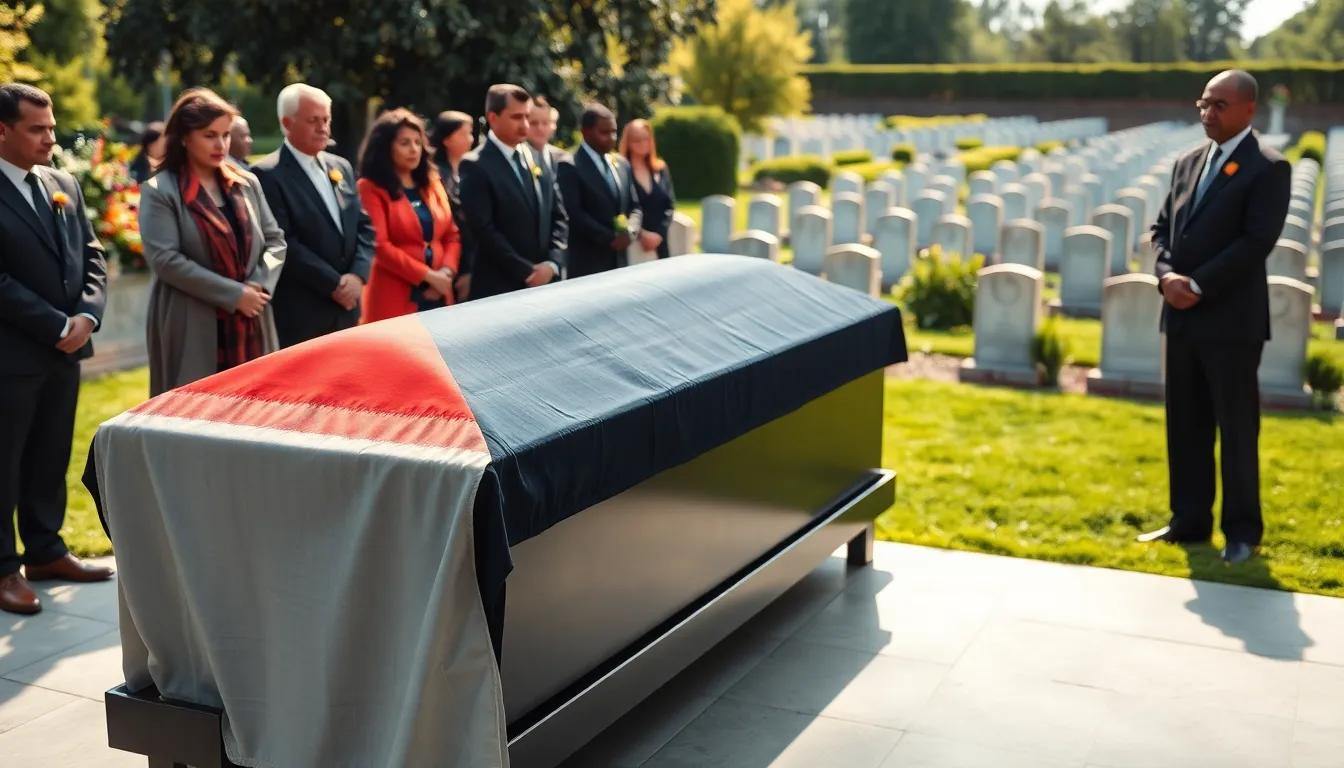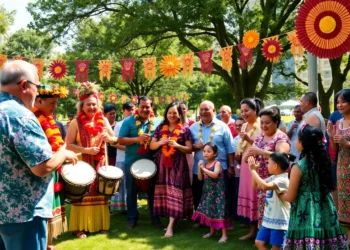When it comes to saying goodbye, the details matter more than one might think, even down to the flags fluttering gently in the breeze. Enter the uitvaartstoetvlag, or ‘funeral flags,’ a poignant symbol often overlooked in modern memorial ceremonies. These flags not only represent mourning but carry deep meaning, reflection, and respect. Whether it’s for a somber procession or a lively celebration of life, understanding the nuances of uitvaartstoetvlag can enhance the experience for everyone involved. Buckle up as we jump into the world of these significant markers of remembrance.
Uitvaartstoetvlag

The uitvaartstoetvlag serves various purposes, both practical and symbolic. Primarily, it communicates respect and remembrance during a funeral service. Flags can denote the deceased’s nationality, organization, or even personal interests, allowing funeral attendees to connect on multiple levels. While it may seem just a piece of fabric, it carries emotional weight. For many families, seeing the flag can evoke cherished memories, relaying the essence of a person’s life in a visual manner. Although not universally practiced, these flags resonate deeply in cultures where they’re used.
Historical Context of Funeral Flags
Funeral flags have been a poignant part of memorial traditions for centuries. They connect not only with the deceased but also with history. Ancient civilizations often employed banners and flags during mourning rituals, seen in the displays of culture and society in various regions. For instance, the Egyptians adorned their tombs with flags to signify status, while the Romans had elaborate ceremonies that included processional flags serving not just as mourning symbols but also as identifiers of social status. Today, this practice may have evolved, but the legacy of using flags to honor the dead persists.
Types of Uitvaartstoetvlag
When it comes to uitvaartstoetvlag, the choices are plentiful. Common types include:
- National Flags: Representing a person’s nationality or cultural heritage, these offer a powerful sense of identity.
- Organizational Flags: Often used to represent affiliations, be it for military, professional organizations, or communities, these flags pay tribute to a person’s dedication and service.
- Personalized Flags: Many families opt for custom flags that reflect hobbies or passions, creating a unique tribute that resonates with the deceased’s character. Each type serves a purpose, tailoring the experience to the uniqueness of the individual being honored.
Usage and Etiquette: When and How to Display Uitvaartstoetvlag
Displaying the uitvaartstoetvlag involves a few etiquettes that should be respected. Flags are typically displayed during the funeral service and procession. The common practice is to position them prominently in front of the casket or alongside the funeral procession. When erecting these symbols, one should ensure they are in good condition, frayed or faded flags can detract from the honoring atmosphere. Also, it’s good practice to lower the flag at a slight angle or take it down entirely during moments of silent remembrance. Each detail counts, contributing to the overall respect and sanctity of the occasion.
Cultural Variations in Funeral Flag Practices
Cultural beliefs significantly influence the significance and usage of uitvaartstoetvlag across different communities. In the Netherlands, for instance, these flags are commonplace and culturally significant. Conversely, in some Asian cultures, using flags may be less common but may involve other symbolic items, such as incense or flowers. In Africa, vibrant colors and patterns convey messages of life after death, enriching the visual narrative of the ceremony. Understanding these differences enhances appreciation for the diversity in mourning practices and ensures sensitivity during memorial events.
Choosing the Right Uitvaartstoetvlag for a Memorial Service
Selecting the appropriate uitvaartstoetvlag can feel daunting, but a few guidelines can simplify the process. Begin by considering the deceased’s roots: nationality, cultural heritage, and affiliations can provide pointers. Also, think about personal aspects: what did they enjoy? Choose symbols that encapsulate their essence. If unsure, consulting family members or seeking professional advice could yield meaningful insights. Eventually, the correct flag will resonate with the attended mourners, facilitating a deeper connection with the service.













